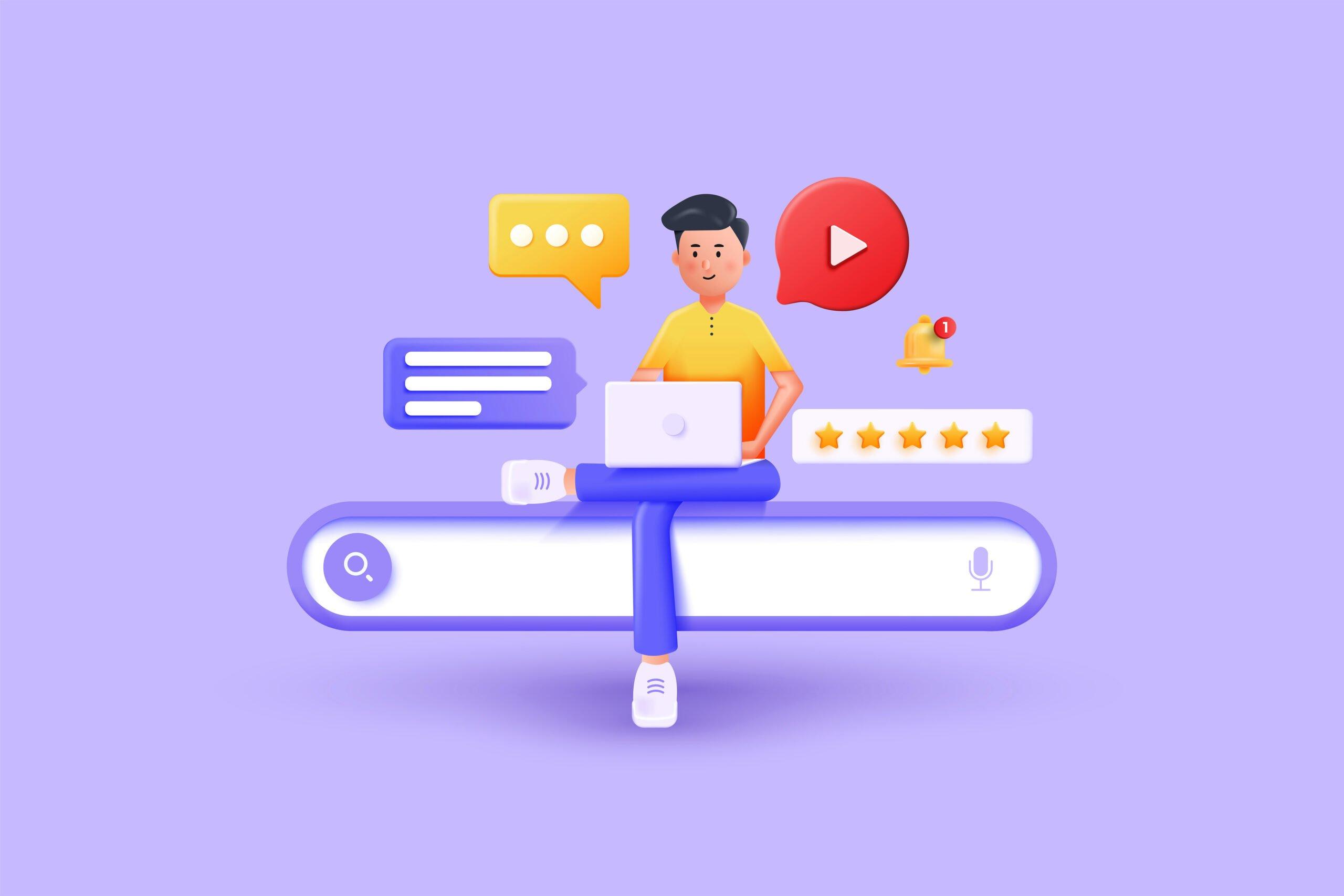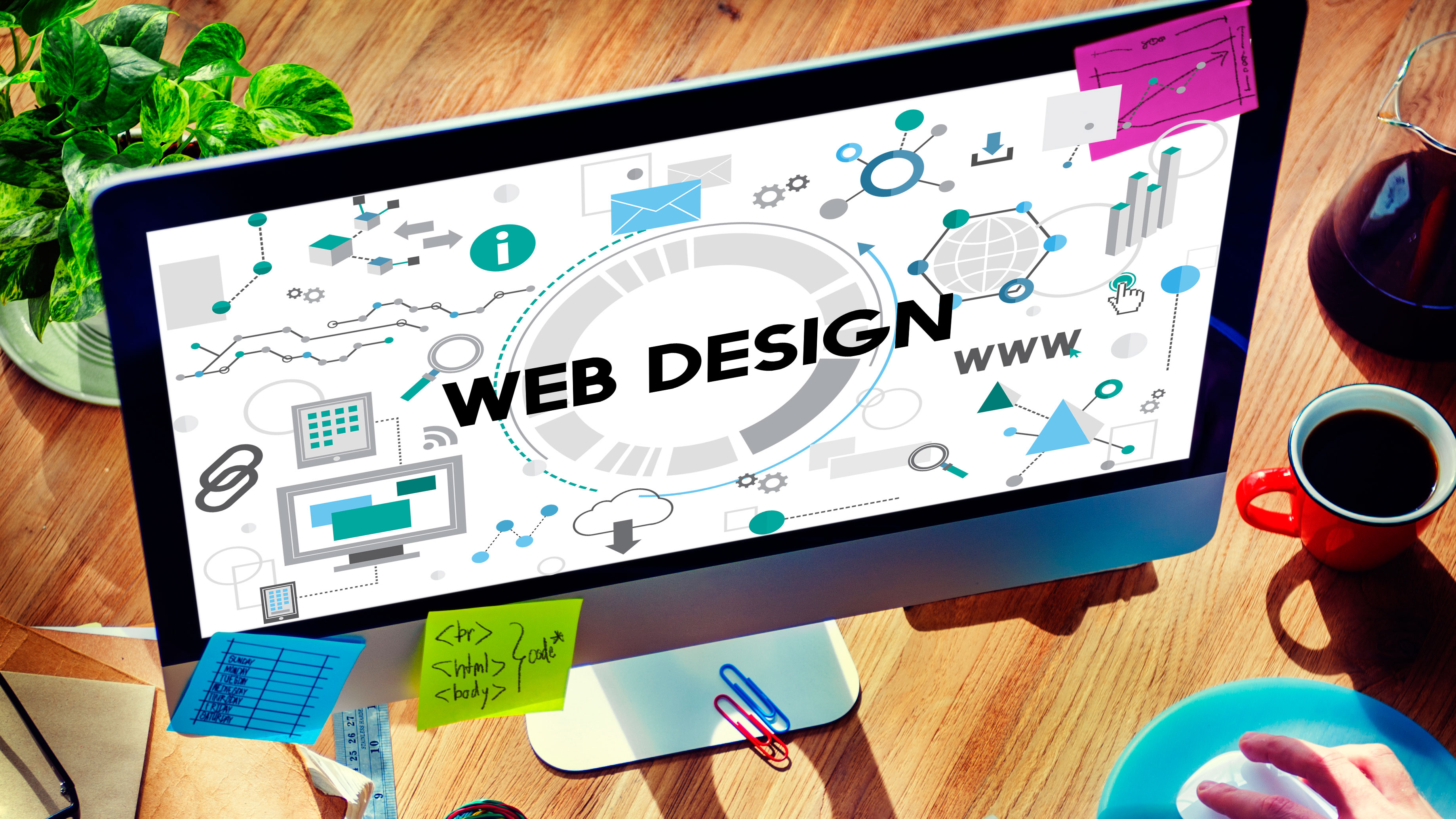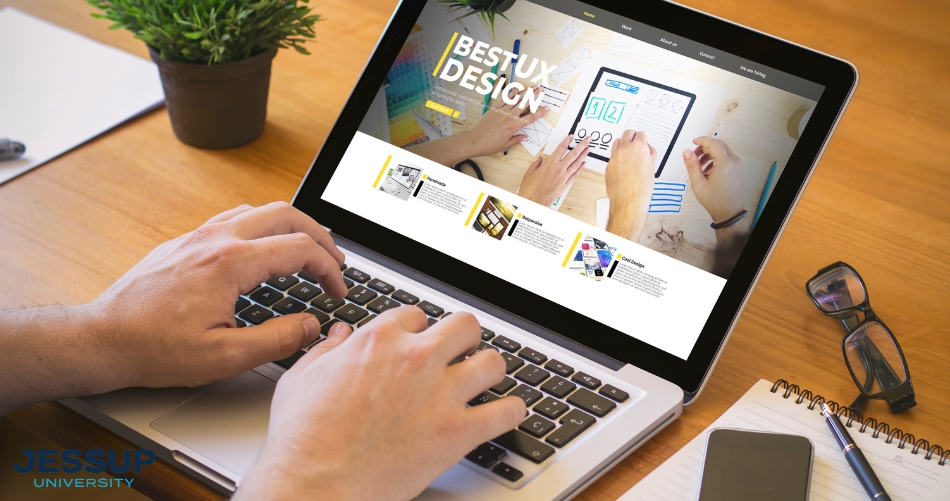Aligned Position Web Design: Professional Web Development to Maximize Your Online Impact
Aligned Position Web Design: Professional Web Development to Maximize Your Online Impact
Blog Article
The Most Effective Sorts Of Website Design to Improve Customer Experience and Engagement
In the ever-evolving landscape of digital communication, the effectiveness of Web style considerably influences user experience and engagement. Different design methods, such as minimal, responsive, and interactive formats, each offer distinct advantages that can provide to diverse user demands.
Minimalist Website Design
As electronic landscapes become progressively chaotic, minimal Web design has actually become an effective technique to improving customer experience. This style approach focuses on simplicity, concentrating on essential aspects while eliminating unneeded distractions. By using ample white area, straightforward navigating, and a limited color combination, minimal design fosters clarity and routes individual attention to crucial web content.
The core concept of minimalist Web design is to create a smooth communication for customers. By decreasing cognitive load, customers can quickly realize details without really feeling bewildered. This direct approach not only enhances usability yet likewise motivates engagement, as visitors are more probable to check out a site that is simple and aesthetically appealing to navigate.
Additionally, minimalist layout usually highlights typography and images, making use of these components purposefully to communicate messages properly. This concentrate on necessary parts can enhance brand name identification and develop a remarkable customer experience. Essentially, minimal website design is not just a trend; it is a thoughtful technique that identifies the significance of user-centered style. By stripping away extraneous elements, designers can produce a much more appealing, efficient, and delightful Web experience for all users.
Receptive Web Style
In today's diverse electronic environment, responsive website design has come to be essential for developing a smooth user experience across a multitude of tools. As individuals access web sites on smart devices, laptops, tablets, and desktops, the capacity of a web site to adapt its design and content to various display dimensions and resolutions is critical.
Responsive website design employs adaptable grids, pictures, and CSS media queries to make sure that Web material is presented optimally, despite the tool made use of. This approach not just improves the visual appeal of a web site yet additionally considerably improves usability. Customers are much more most likely to engage with a site that offers a constant experience, as it removes the aggravation of needing to focus or scroll excessively.
By embracing receptive layout, businesses can boost their presence and reach a wider target market. In summary, responsive Web design is an essential practice that enhances user experience, involvement, and total satisfaction.
Interactive Website Design
Receptive website design lays the foundation for improving individual experience, however interactive Web design takes this a step additionally by engaging individuals in a much more dynamic way - Aligned Position Web Design. By including aspects such as animations, clickable prototypes, and real-time comments, interactive website design astounds customers, attracting them into a richer browsing experience
This strategy not only promotes interaction but likewise urges users to discover material proactively as opposed to passively consuming it. Methods such as gamification, where customers earn benefits for finishing jobs, can dramatically enhance the moment invested on a website and boost general contentment. Interactive functions can simplify complicated details, making it more absorbable and enjoyable.

Integrating interactive layout components can also result in higher conversion rates, as individuals are much more likely to involve with a website that actively entails them. Aligned Position Web Design. Ultimately, interactive Web layout transforms user experiences into unforgettable journeys, making certain that site visitors return time and once again
Flat Layout
Characterized by its minimalistic strategy, level layout emphasizes simpleness and functionality, removing away unnecessary elements and focusing on important next features. This layout viewpoint prioritizes usability, ensuring that customers can browse interfaces easily and performance. By using a tidy visual, level style removes the clutter commonly found in extra ornate styles, therefore improving customer concentrate on web content and functionality.
The characteristic of flat layout hinges on its use vibrant shades, easy typography, and geometric shapes. These components add to a visually appealing interface that is both approachable and modern-day. Furthermore, flat style cultivates a feeling of clarity, enabling individuals to recognize crucial activities and info without distraction.
Furthermore, flat style is particularly efficient in responsive Web design, as its simpleness converts well throughout numerous tools and screen sizes. The lack of complex structures and slopes lessens loading times, which is critical for keeping user involvement. As digital landscapes continue to advance, flat design remains a relevant choice for developing user-friendly sites that enhance overall experience. By concentrating on necessary functions, level design not only satisfies user needs yet also encourages seamless communication, making it a crucial part of effective Web layout approaches.
Flexible Web Design
Flexible website design customizes the customer experience by creating numerous fixed formats tailored to different display dimensions and devices. Unlike receptive style, which fluidly readjusts a solitary design, adaptive style uses distinctive layouts for details breakpoints, making sure ideal presentation on different platforms. This method permits designers to concentrate on the distinct attributes of each device, improving usability by supplying precisely what individuals require based on their context.
One of the key benefits of adaptive website design is its capability to enhance tons times and efficiency. By offering customized content and pictures that fit the user's device, sites can minimize check over here data usage and enhance loading speeds. This is particularly advantageous for individuals with slower connections or restricted information plans.

Furthermore, adaptive layout assists in a much more regular and controlled branding experience. Given that developers produce several designs, they can ensure that the visual aspects straighten with the brand's identity throughout different platforms - Aligned Position Web Design. This causes a cohesive user experience, boosting involvement and advertising user retention
Final Thought
Minimal design fosters quality and emphasis, while responsive layout makes sure versatility throughout various tools, advertising availability. Collectively, these layout approaches contribute to the creation of user-friendly settings that not only enhance complete satisfaction yet also drive higher conversion rates, emphasizing their important importance in modern Web style methods.

Minimal design cultivates quality and focus, while responsive design guarantees versatility across various devices, promoting accessibility. Collectively, these design comes close to add to the development of user-friendly environments that not just improve complete satisfaction however also drive published here higher conversion prices, underscoring their crucial importance in modern Web design approaches.
Report this page